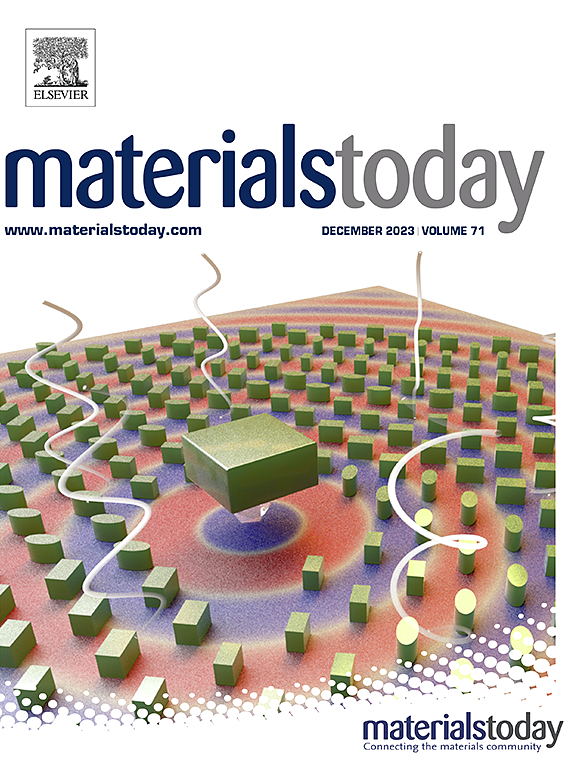The rise of lithium bis(fluorosulfonyl) imide: An efficient alternative to LiPF6 and functional additive in electrolytes
IF 22
1区 材料科学
Q1 MATERIALS SCIENCE, MULTIDISCIPLINARY
引用次数: 0
Abstract
Lithium bis (fluorosulfonyl) imide (LiFSI), as a potential replacement for lithium hexafluorophosphate (LiPF6) and as an electrolyte additive for lithium-ion batteries, is attracting attention due to its advantages in low-temperature performance, multiplication capacity and cycle life. LiFSI exhibits superior performance compared to LiPF6, especially as an additive in high-power applications. However, it still faces challenges such as collector corrosion and complex production processes. Researchers are actively exploring solutions to face these challenges, primarily by optimizing electrolyte formulations to enhance LiFSI performance, improving synthesis processes to reduce costs and increase yields, and scaling up production to meet market demand. Despite the challenges, research and applications of LiFSI are increasing, and its performance, cost-effectiveness, and environmental benefits make it a strong contender for future battery technology. Continuous research and development will be the key to determining the scope of its integration and improvement in the battery industry.

锂二(氟磺酰基)亚胺的兴起:LiPF6的有效替代品和电解质中的功能添加剂
双氟磺酰亚胺锂(LiFSI)作为六氟磷酸锂(LiPF6)的潜在替代品和锂离子电池的电解质添加剂,因其低温性能、倍增能力和循环寿命等方面的优势而备受关注。与LiPF6相比,LiFSI表现出卓越的性能,特别是作为高功率应用的添加剂。然而,它仍然面临着诸如集热器腐蚀和复杂的生产工艺等挑战。研究人员正在积极探索应对这些挑战的解决方案,主要是通过优化电解质配方来提高LiFSI性能,改进合成工艺以降低成本和提高产量,以及扩大生产规模以满足市场需求。尽管面临挑战,但LiFSI的研究和应用正在增加,其性能,成本效益和环境效益使其成为未来电池技术的有力竞争者。持续的研发将是决定其在电池行业整合和提升范围的关键。
本文章由计算机程序翻译,如有差异,请以英文原文为准。
求助全文
约1分钟内获得全文
求助全文
来源期刊

Materials Today
工程技术-材料科学:综合
CiteScore
36.30
自引率
1.20%
发文量
237
审稿时长
23 days
期刊介绍:
Materials Today is the leading journal in the Materials Today family, focusing on the latest and most impactful work in the materials science community. With a reputation for excellence in news and reviews, the journal has now expanded its coverage to include original research and aims to be at the forefront of the field.
We welcome comprehensive articles, short communications, and review articles from established leaders in the rapidly evolving fields of materials science and related disciplines. We strive to provide authors with rigorous peer review, fast publication, and maximum exposure for their work. While we only accept the most significant manuscripts, our speedy evaluation process ensures that there are no unnecessary publication delays.
 求助内容:
求助内容: 应助结果提醒方式:
应助结果提醒方式:


